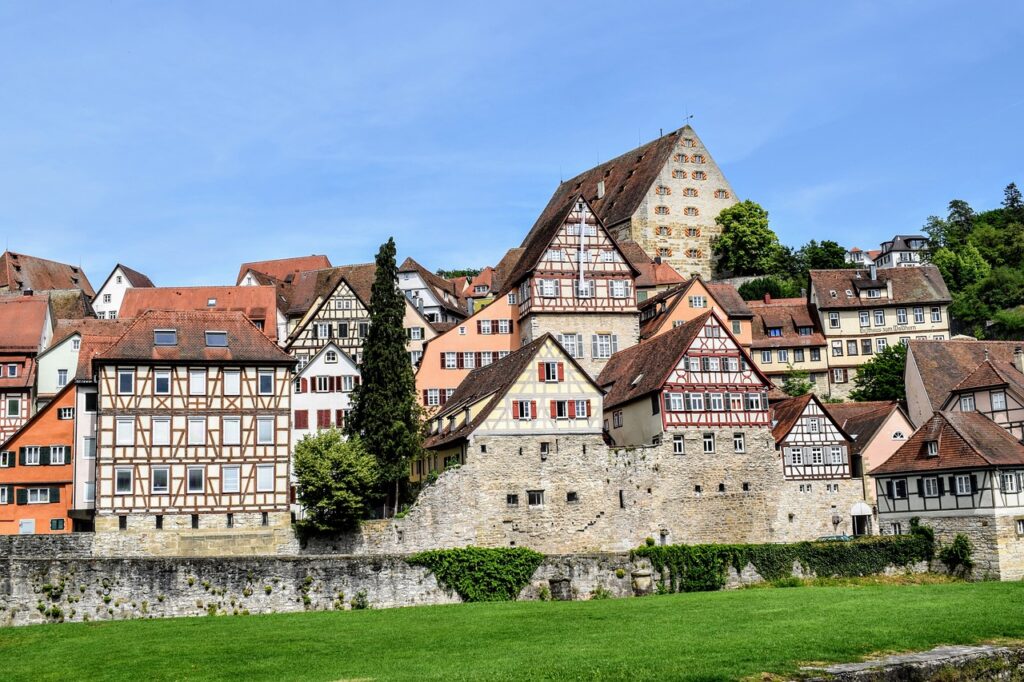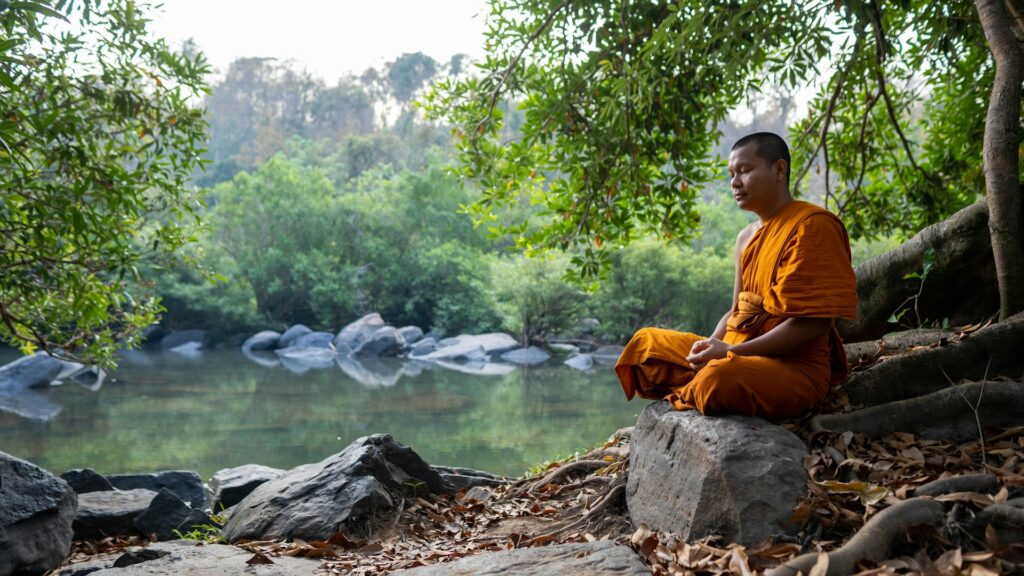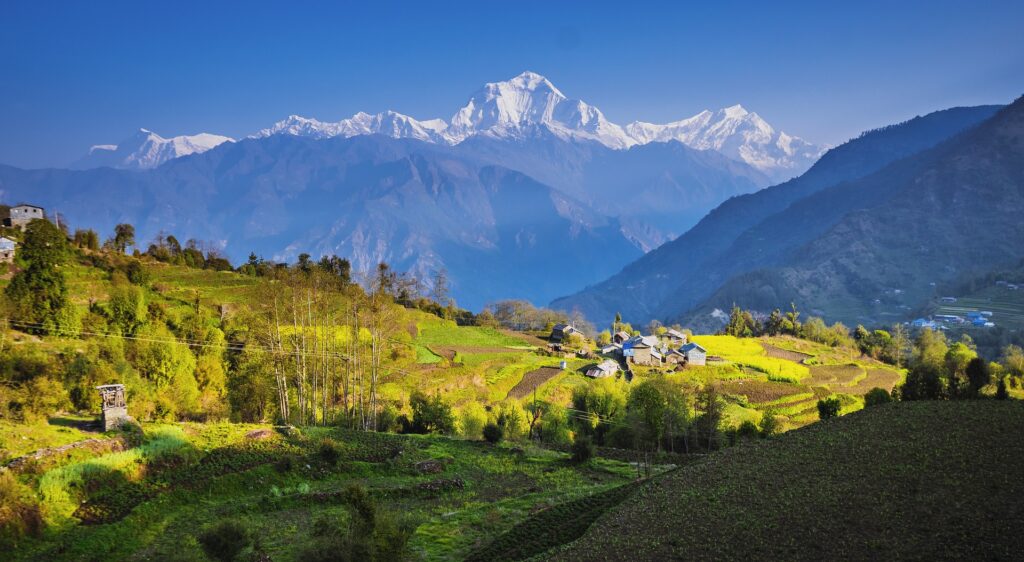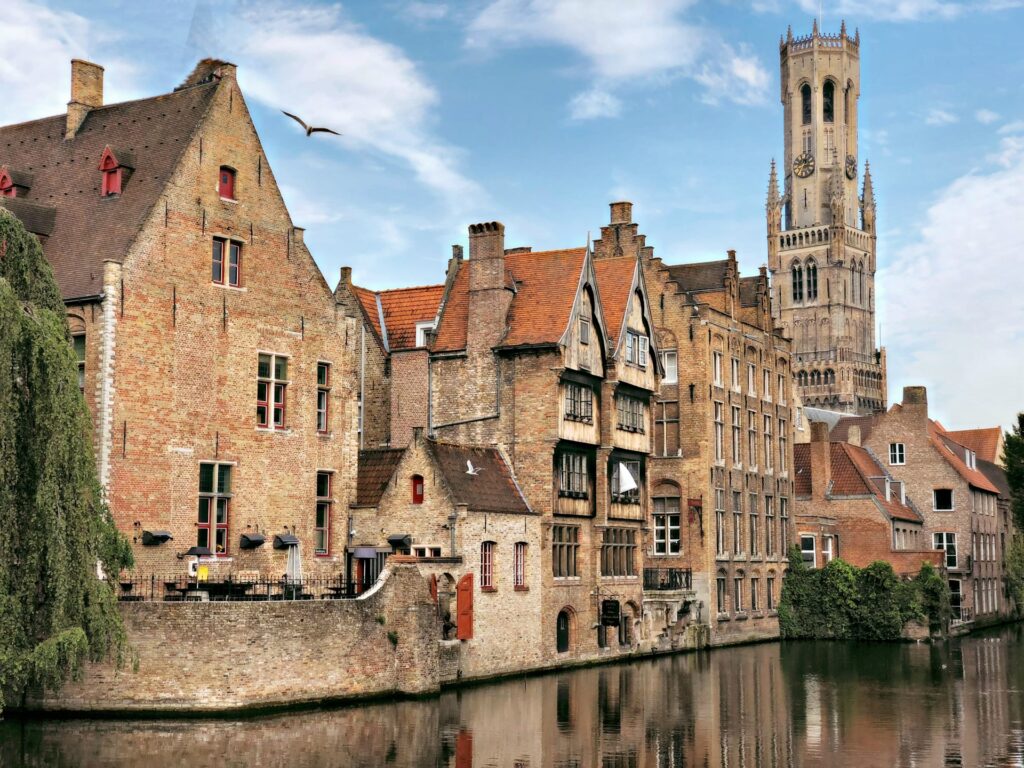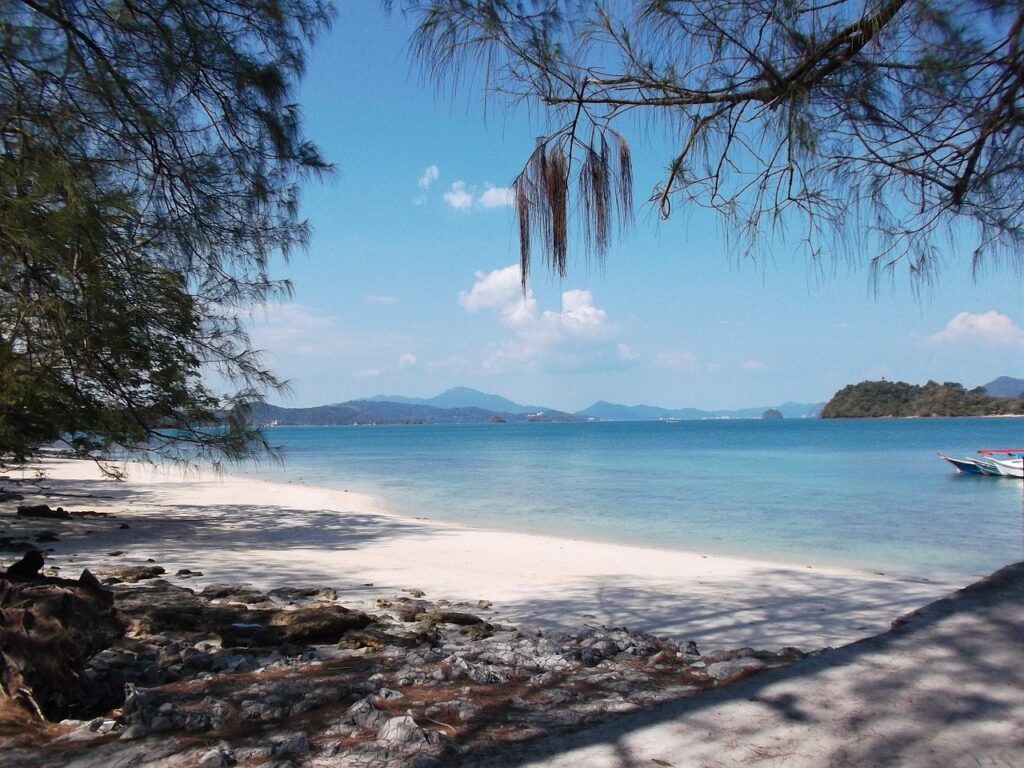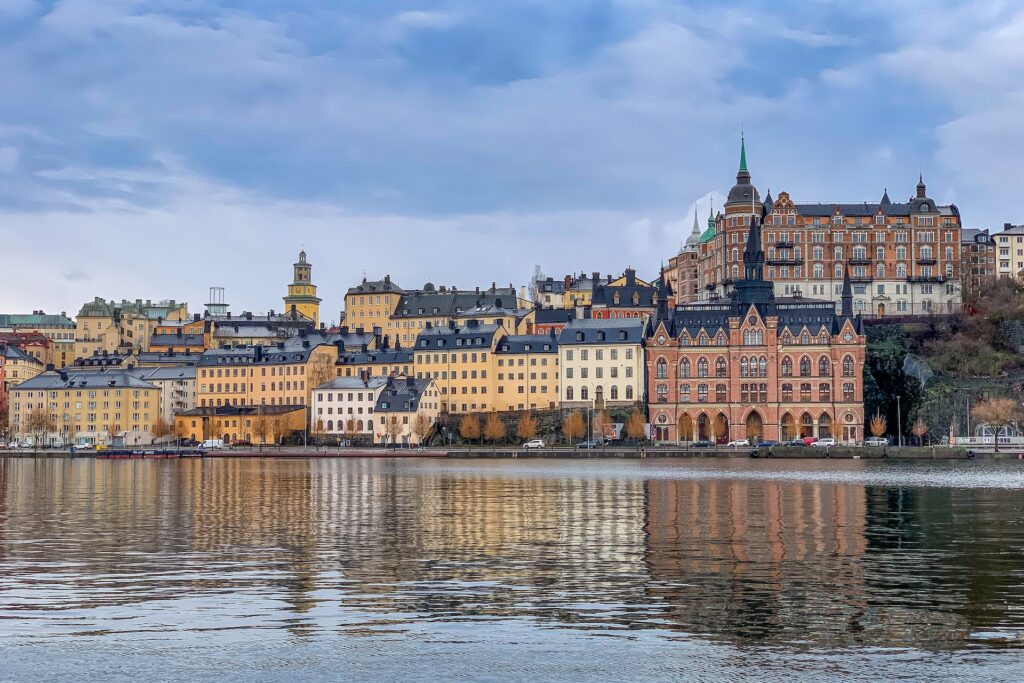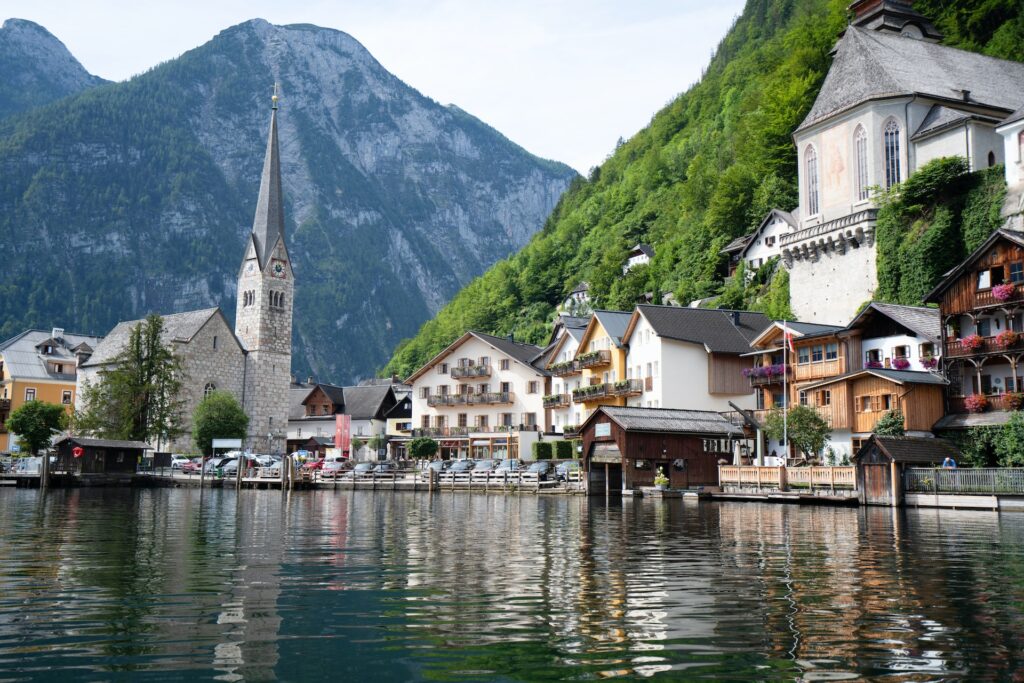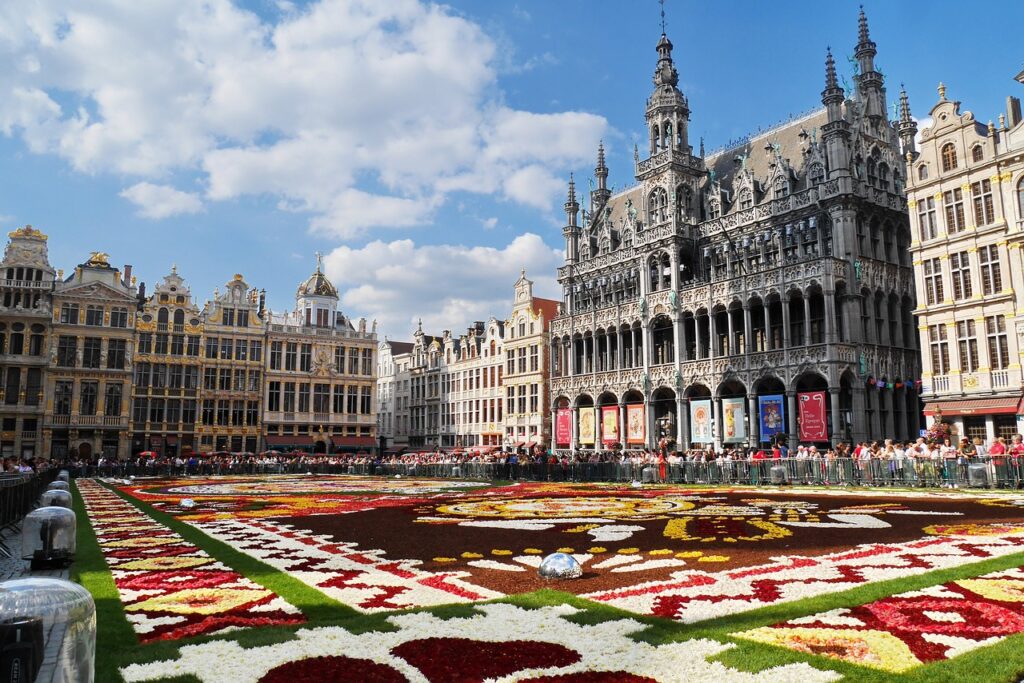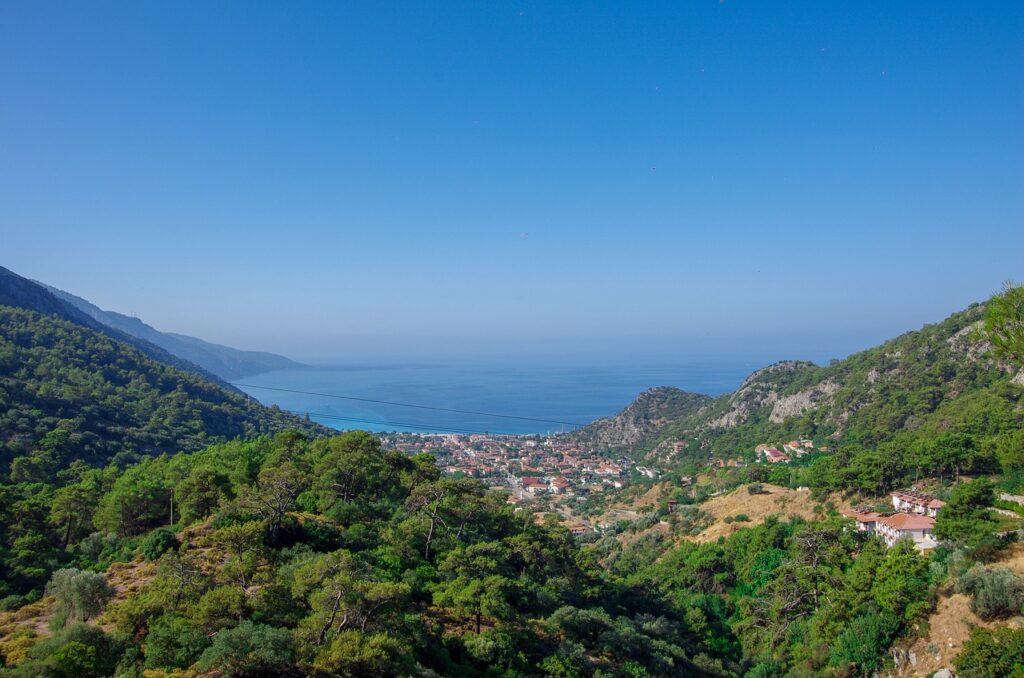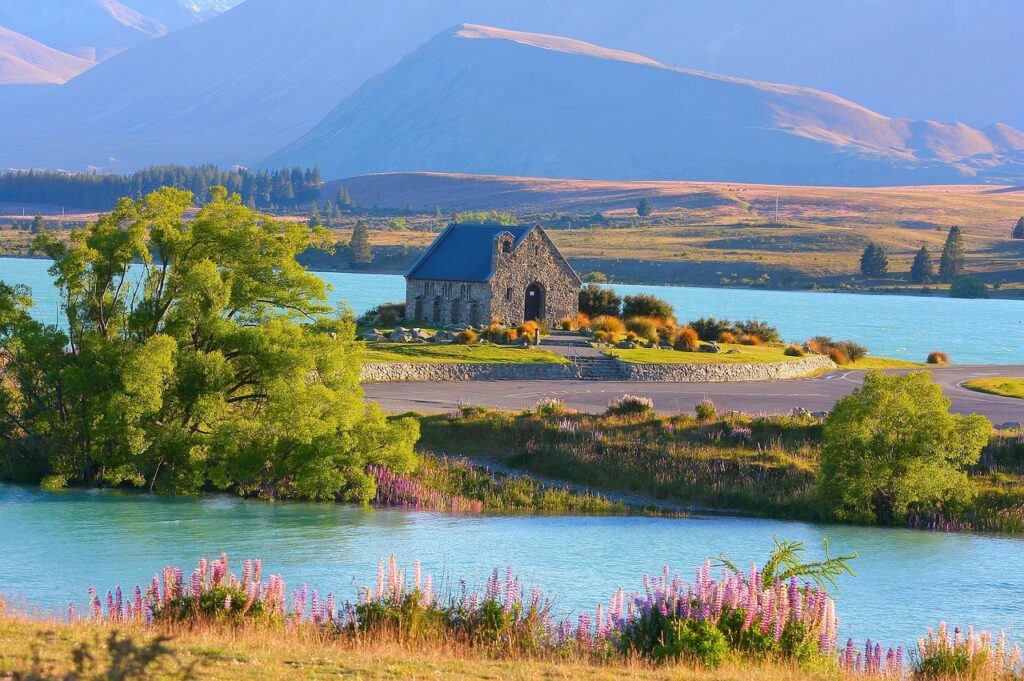Austria: A Comprehensive Visit Guide Introduction Nestled in the heart of Europe, Austria beckons travelers with its mesmerizing landscapes, intricate cultural fabric, and charming cities. From Vienna’s imperial grandeur to Tyrol’s Alpine allure, this compact nation offers a tapestry of experiences blending history and natural beauty. This all-encompassing travel guide aims to immerse you in the enchanting world of Austria, unraveling the wonders of its captivating cities, scenic landscapes, and addressing frequently asked questions to ensure an unforgettable journey. Vienna: A Symphony of History and Elegance Vienna, the Austrian capital, effortlessly merges history with modernity. Strolling through its grand boulevards feels like stepping back into an era of imperial splendor. The Hofburg Palace, former abode of the Habsburgs, stands as a testament to Vienna’s regal past. Explore the opulent rooms, be awestruck by the Imperial Apartments, and don’t miss the dazzling Austrian Crown Jewels. For music aficionados, Vienna is a haven. Home to Mozart, Beethoven, and Strauss, the city resonates with cultural richness. Attend a performance at the State Opera House or explore historic venues. The Belvedere Palace, housing an impressive Austrian art collection, is a must-visit, as is the Schönbrunn Palace with its extensive gardens, providing a peek into royal life. Vienna’s Naschmarkt, the oldest and most popular market, engages your senses with diverse produce and international delicacies, reflecting the city’s cosmopolitan vibe. Hofburg Palace Vienna State Opera Schönbrunn Palace Vienna Naschmarkt Salzburg: The City of Mozart and Alpine Beauty Venture west to Salzburg, birthplace of Mozart and a UNESCO World Heritage Site. This charming city, a haven for classical music enthusiasts, captivates nature lovers with its baroque Old Town. Explore the Hohensalzburg Fortress, offering breathtaking views, and stroll through Getreidegasse, a historic shopping street. Mozart’s Birthplace provides an intimate look into the life of the musical genius. For an outdoor escape, journey to Salzkammergut’s pristine lakes and charming villages. Hallstatt, with its lakeside setting against an alpine backdrop, offers a postcard-perfect destination. Whether on a boat ride on Lake Wolfgang or hiking the trails, nature beckons. Salzburg Hohensalzburg Fortress Salzburg mozart birthplace Hallstatt Innsbruck: Alpine Adventures and Architectural Splendors Innsbruck, Tyrol’s capital, serves as a gateway to the Austrian Alps. Surrounded by snow-capped peaks, the city seamlessly blends urban sophistication with natural beauty. The Golden Roof, adorned with 2,657 gilded copper tiles, symbolizes Innsbruck’s history. A cable car ride to the Nordkette mountain range reveals panoramic views, while Innsbruck’s Alpine Zoo lets you observe wildlife against a stunning alpine backdrop. In winter, Innsbruck transforms into a snowy haven, attracting winter sports enthusiasts. Maria-Theresien Strasse, the main shopping street, invites leisurely strolls amidst shops, cafes, and historical buildings, offering a blend of urban charm and historical significance. Innsbruck Alps Golden Roof Innsbruck Graz: The Culinary and Cultural Gem Graz, Austria’s second-largest city, unfolds as a hidden gem blending medieval charm with a vibrant cultural scene. The Schlossberg, a fortress hill in the city center, provides stunning views accessible by funicular or scenic hike. Explore Graz’s avant-garde cultural scene with a visit to Kunsthaus Graz, an art museum challenging conventions. The Murinsel, a floating platform in the Mur River designed by artist Vito Acconci, adds a modern touch. Graz, a UNESCO City of Design, showcases a commitment to contemporary art and architecture. Food enthusiasts can savor Graz’s diverse gastronomic scene, from traditional Styrian cuisine to international flavors. Don’t miss the opportunity to indulge in pumpkin seed oil, a regional specialty, and relish a leisurely meal at local wine taverns. City Hall Graz Graz Country House University of Graz Outdoor Adventures For nature enthusiasts, Austria is a playground of outdoor adventures. Whether you’re a hiker, skier, cyclist, or someone seeking lakeside tranquility, we’ve got your guide to the best experiences. Alpine Hiking and Skiing The Austrian Alps beckon adventure seekers. Gain insights into hiking and skiing, from choosing suitable trails to ensuring your safety in these breathtaking mountain landscapes. Cycling Trails Explore Austria’s diverse landscapes on two wheels. From well-maintained cycling routes to bike rentals and guided tours, cycling becomes a delightful way to blend exploration with exercise. Relaxation by Austrian Lakes Discover the serene lakes dotting the Austrian map. Boating, lakeside strolls, and charming lakeside towns await. The lakeside havens promise relaxation and rejuvenation. St Anton am Arlberg, Austria Pyramidenkogel, Austria Blauspitze, Austria Planning Your Trip With the cultural groundwork laid, let’s jump into the nitty-gritty of planning an Austrian escapade. From choosing the right time to crafting a seamless itinerary, every detail plays a crucial role in maximizing your experience. Choosing the Right Time Austria’s beauty evolves with the seasons, each offering a unique charm. Dive into the considerations for timing your visit, explore the plethora of events, and tailor your trip to match your preferred activities. Picking the Perfect Destinations From the imperial elegance of Vienna to the Alpine serenity of Salzburg, Austria boasts diverse destinations. We’ll dissect the highlights of major cities and uncover hidden gems in the countryside, helping you tailor your journey to your interests. Crafting an Itinerary Flexibility is the key to an enriching Austrian experience. As we guide you through crafting your itinerary, we’ll emphasize the importance of balance – blending cultural immersions, outdoor adventures, and leisurely moments. Practical Considerations As you prepare for your Austrian adventure, practical considerations can make or break the smoothness of your journey. Let’s delve into currency management, language nuances, and the intricacies of transportation. Currency and Payments Navigating the Euro and understanding payment methods is vital for a seamless trip. We’ll provide insights into managing expenses efficiently, including essential tips for currency exchange. Language and Communication While German is the official language, English is widely used. Unravel the linguistic intricacies and cultural nuances to enhance your communication with locals and fellow travelers. Conclusion Austria’s allure lies in its seamless fusion of history and modernity, urban and natural. Whether immersing in Vienna’s imperial elegance, exploring Innsbruck’s alpine charm, or savoring Graz’s cultural and culinary delights, each city narrates a unique story. Austria promises a diverse array Helpful
